Neighborhoods and Shared Memories: Manhattan Heights
Untold Story of Manhattan Heights
Before the area north of the Rio Grande became U.S. territory, adobe served as the primary building material for homes and other structures. In the late 1800s, El Paso officials agreed that adobe homes and buildings should be demolished to make way for buildings and homes made from brick, concrete, wood, and stone. The sight of adobe was considered an eyesore. Found in The El Paso Times, June 16, 1883, wrote that “the removal of the ancient adobes, with all their bad associations, means a new life for El Paso.”
Ironically, in the 1920’s architect Mabel Welch introduced the Spanish architectural style sans adobe; eliminating the energy efficiency adobe provides, and divorcing traditional native building practices from new/old architecture. Scholar Kimberly Diedrich writes, “Addressing the lack of Mexican cultural elements throughout the region will exemplify Welch’s significance to the site and will demonstrate El Paso’s local communities’ dire need to create an Anglicized identity separate from the Mexican heritage that previously dominated the cultural landscape.”
Manhattan Heights also had restrictions enforced by the sole agent of the district C.H. Leavell, that were thought to protect the public image of the neighborhood. Diedrich adds, “According to the weekend edition of the El Paso Herald on August 26-27, 1916, these regulations were incorporated into every deed pertaining to the Manhattan Heights district to ensure the neighborhood maintained a positive public image that exuded prosperity and wealth, as well as allowed property owners to maintain a uniformity and control the desirability and integration of people into the district. Further, by enforcing a restriction ‘that no residence shall be erected upon said premises unless of reasonable value of at least two thousand dollars’, El Paso’s leaders and wealthy demonstrated the residential and social segregation that firmly fixed those of Mexican heritage and working class to their daily life in their city.”
Federal Copper Smelter
Beginning in 1899, the property was purchased in four separate parcels as the future site for the Federal Copper Company’s smelting operations owned by Colonel Greene. The area was chosen as a midway point to process copper ore from the company’s mines in Arizona and Mexico. Officially opened on September 10, 1901, the smelter required crews of over 100 men working round-the-clock to process the ore. From 1901 to 1908, the Federal Copper Company operated a smelter on a barren stretch of land several miles northeast of downtown near the Franklin Mountains. By 1908 Greene’s mining company collapsed, and in 1912 the smelter structureskm were demolished as residential developments extended toward the area. Parcel 1 was purchased by El Pasoans J.F. and O.C. Coles in 1913 for $32,000. Coles Building and Real Estate Company then subdivided the land, a portion of which became the Castle Heights Subdivision, and the remainder of which eventually became Veterans Memorial Park. Concurrently, Leo C. Dessar, who had purchased Parcels 2, 3 and 4 from the Federal Copper Company in 1907, helped organize the Manhattan Heights Company, which then purchased the parcels from him. Subdivided into blocks and lots with streets and alleys, the property designated as the Manhattan Heights Addition to the City of El Paso, was sold to Dr. James Brady, a local dentist who was also the president of both a paving and construction company. Reflecting the original use of the property, developers named the streets Federal, Copper, Silver, Gold and Bronze.
Neighborhoods & Shared Memories is an ongoing series exploring historic neighborhoods and their residents throughout El Paso. Previously highlighted neighborhoods include Chihuahuita, Segundo Barrio, and Sunset Heights.
Area:
Central / Downtown
Source:
El Paso Museum of History
Uploaded by:
El Paso Museum of History
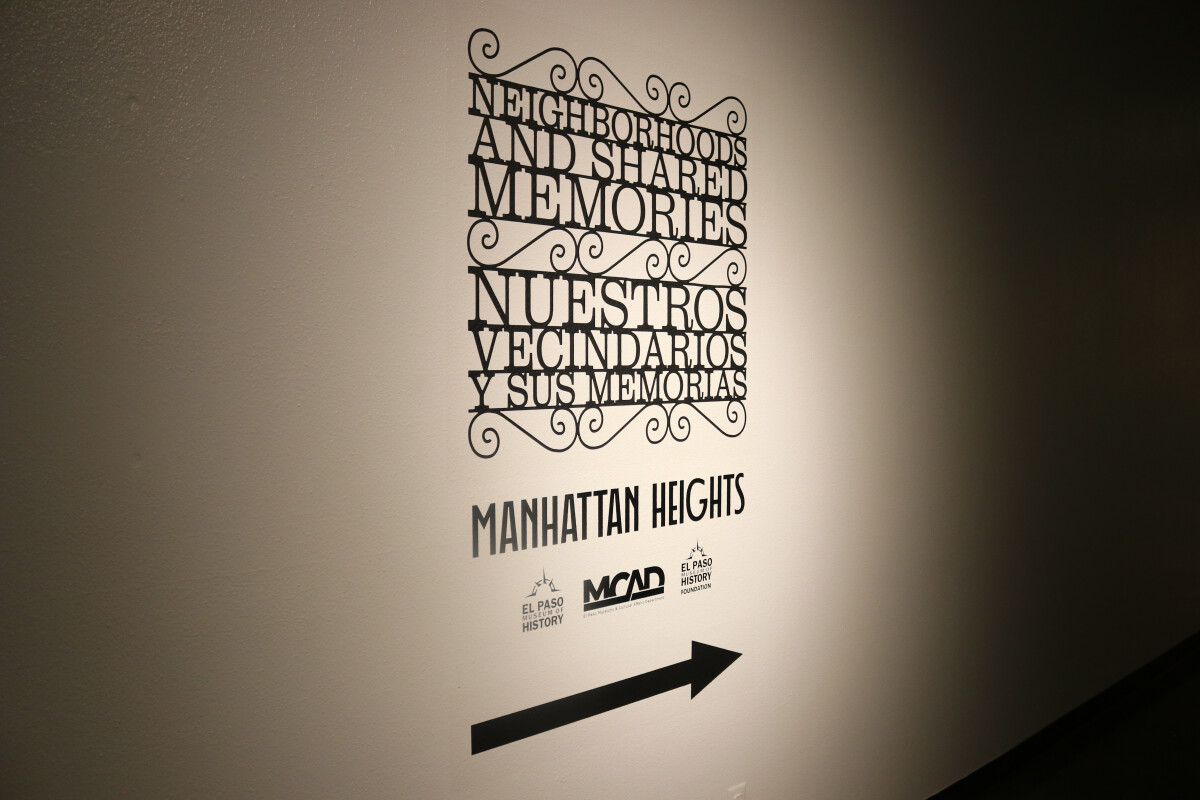
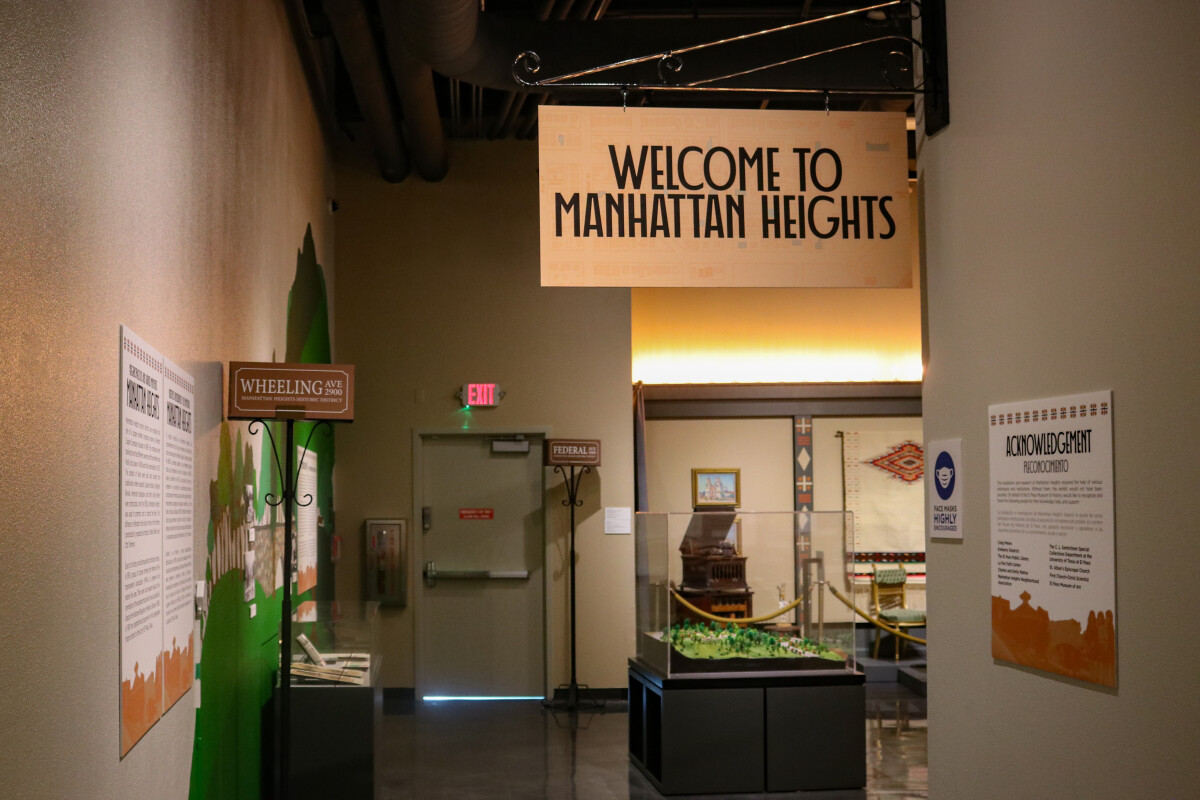
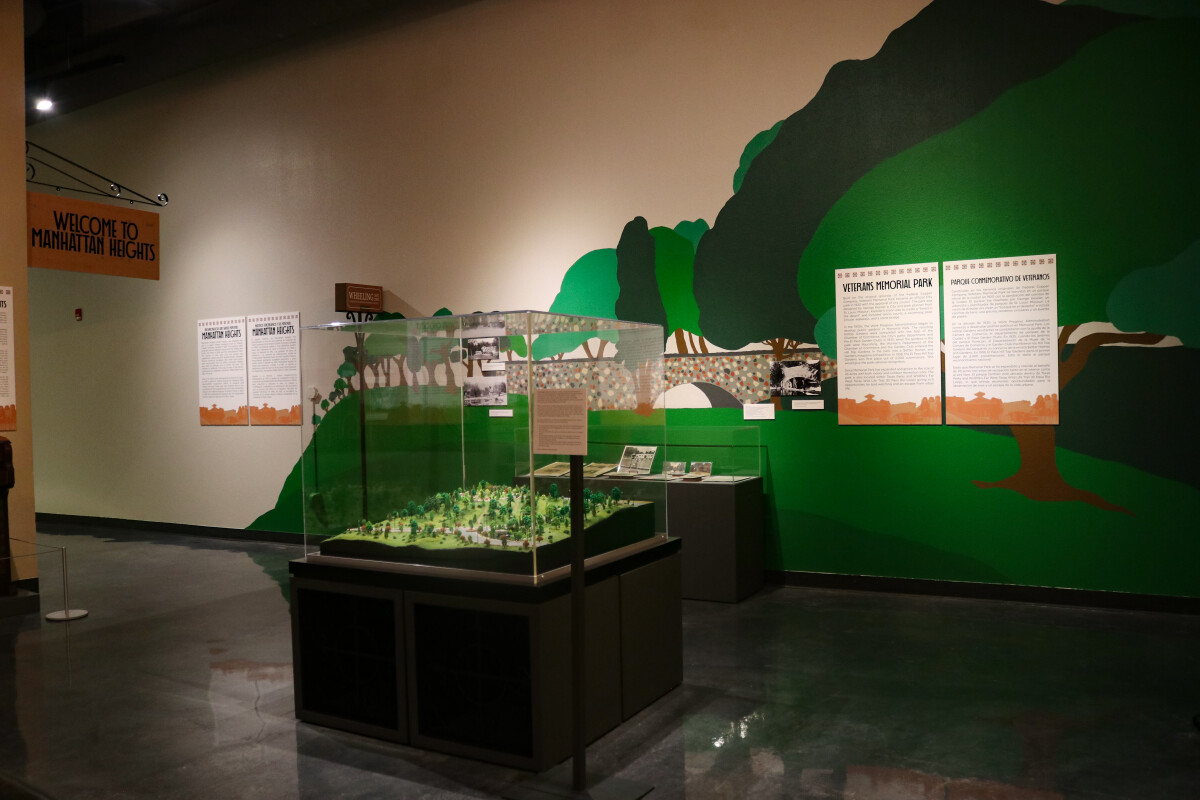
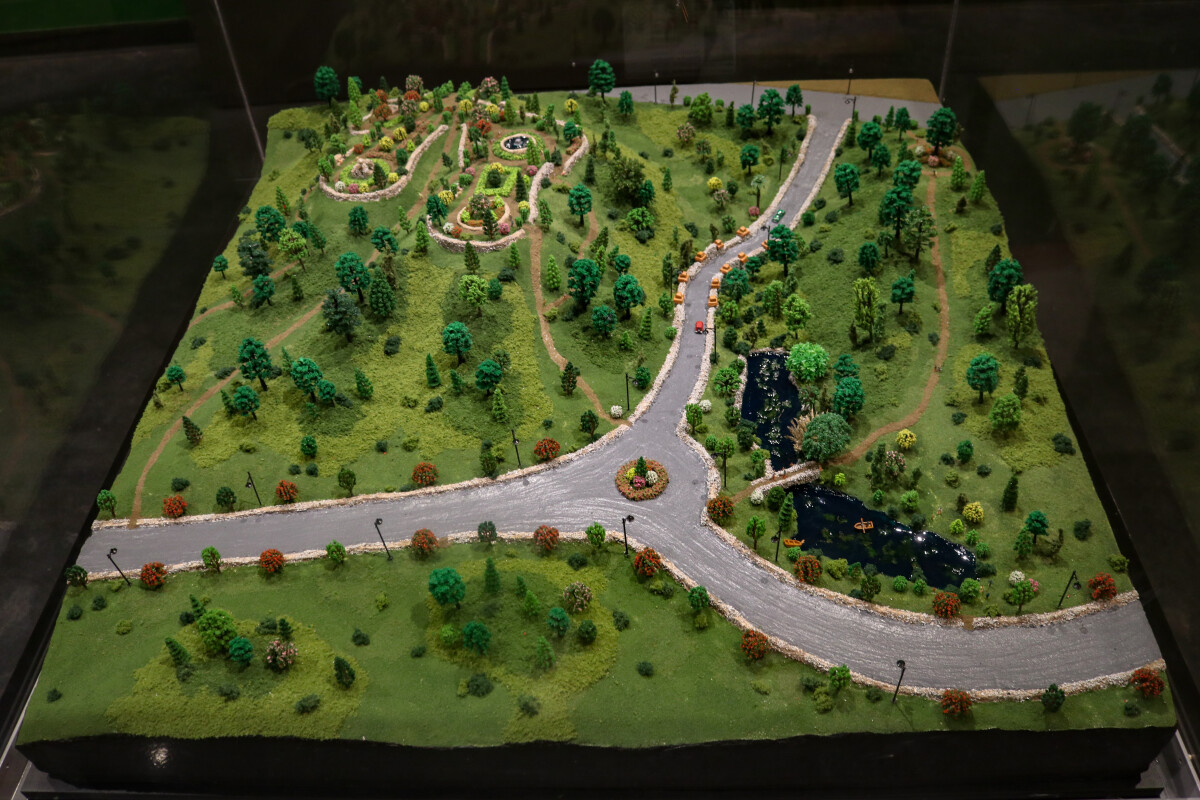
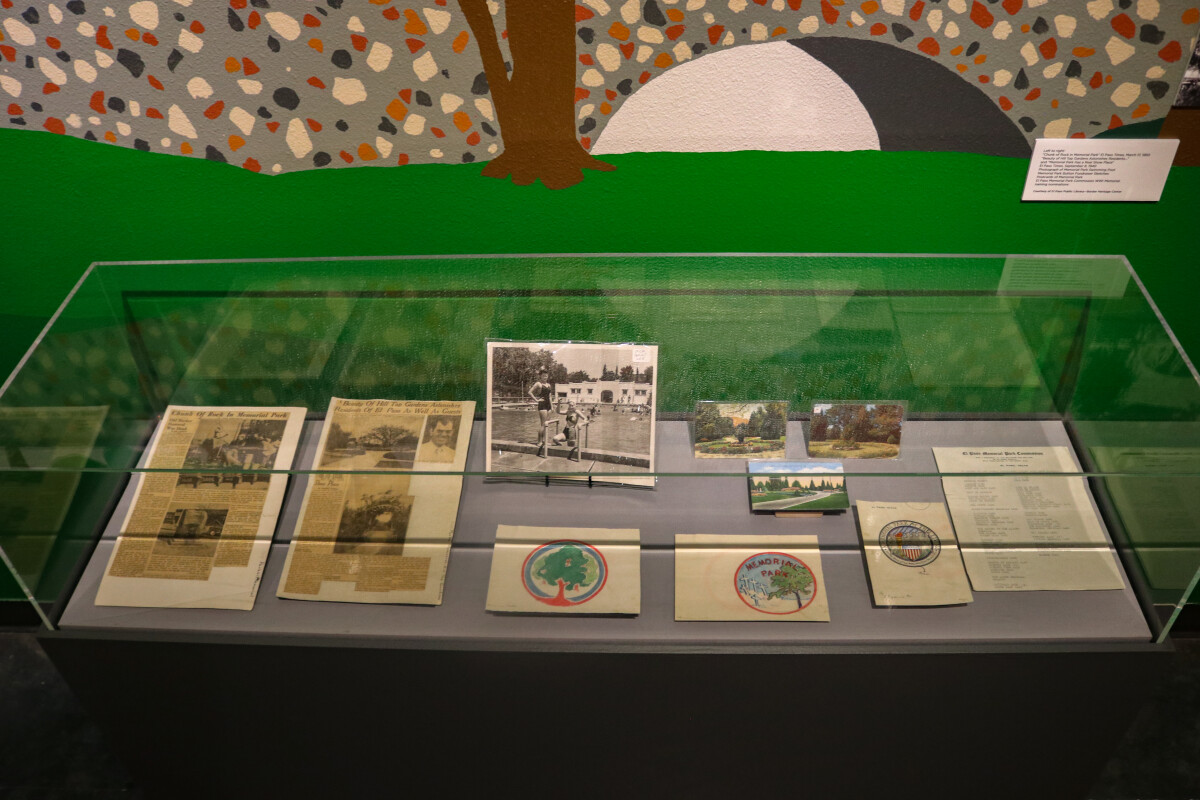
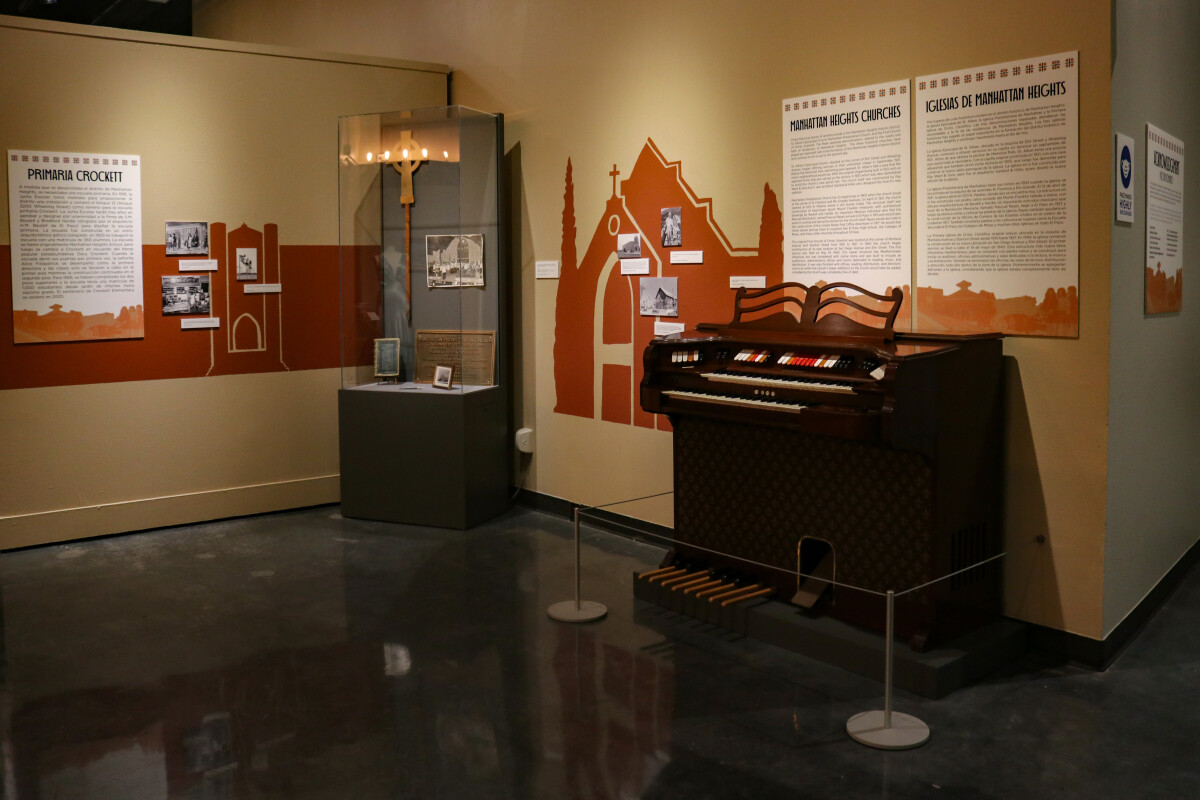
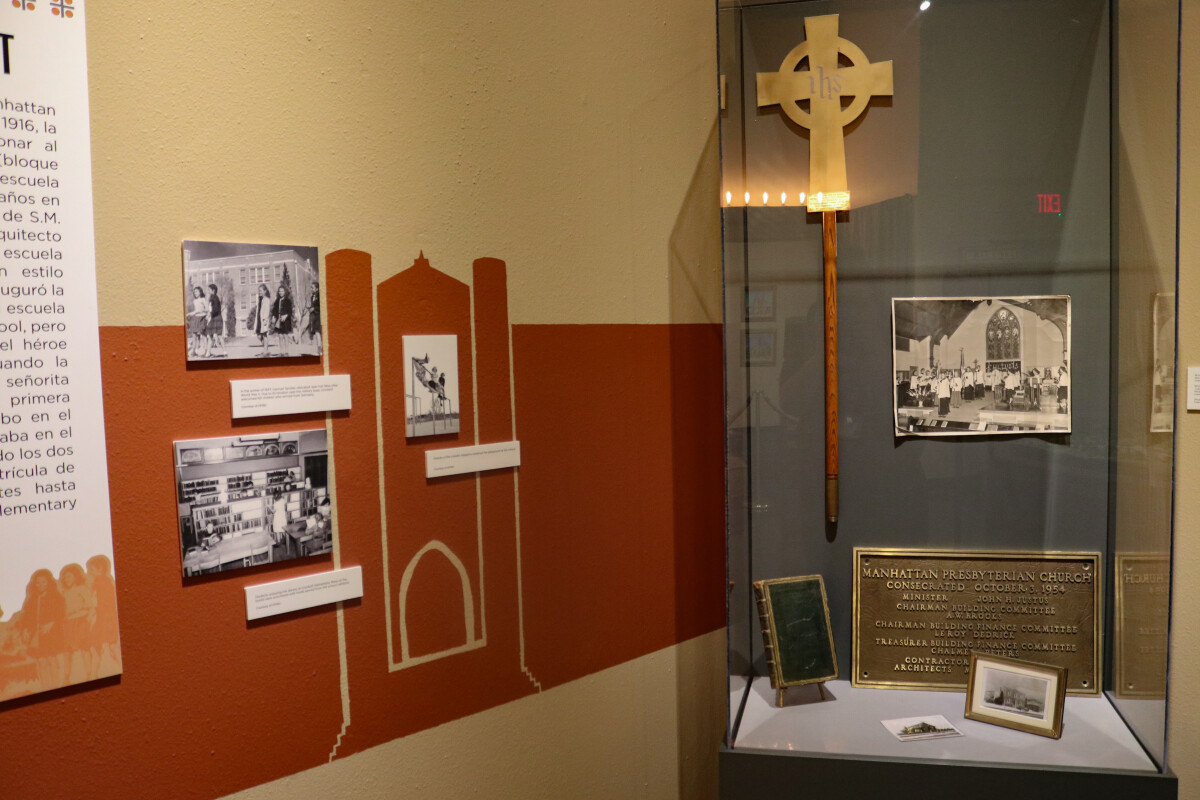
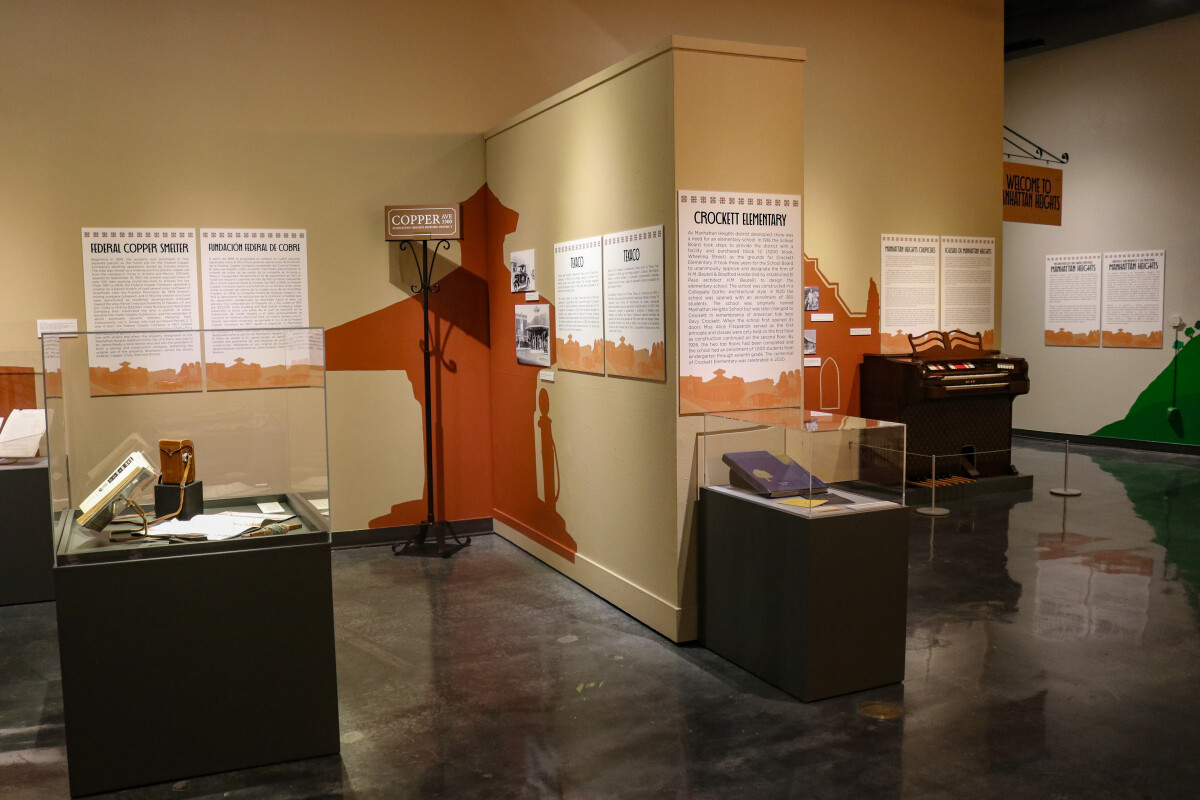
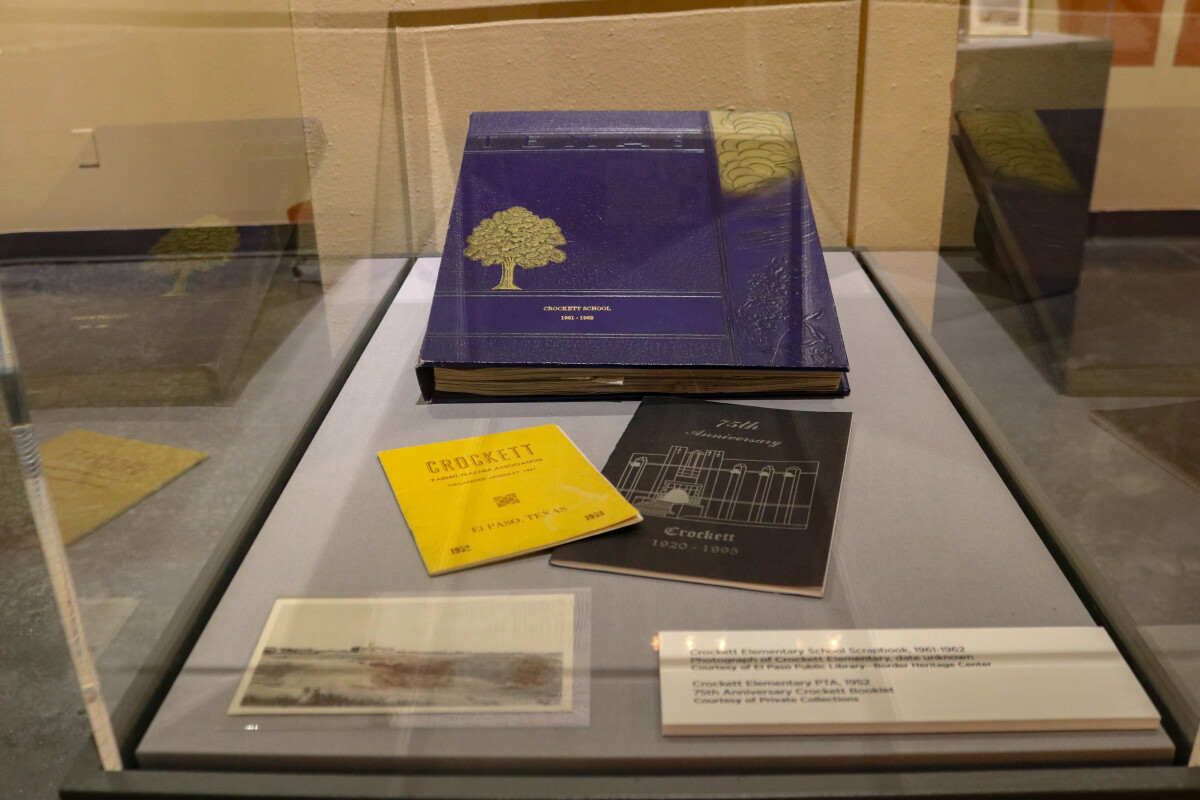
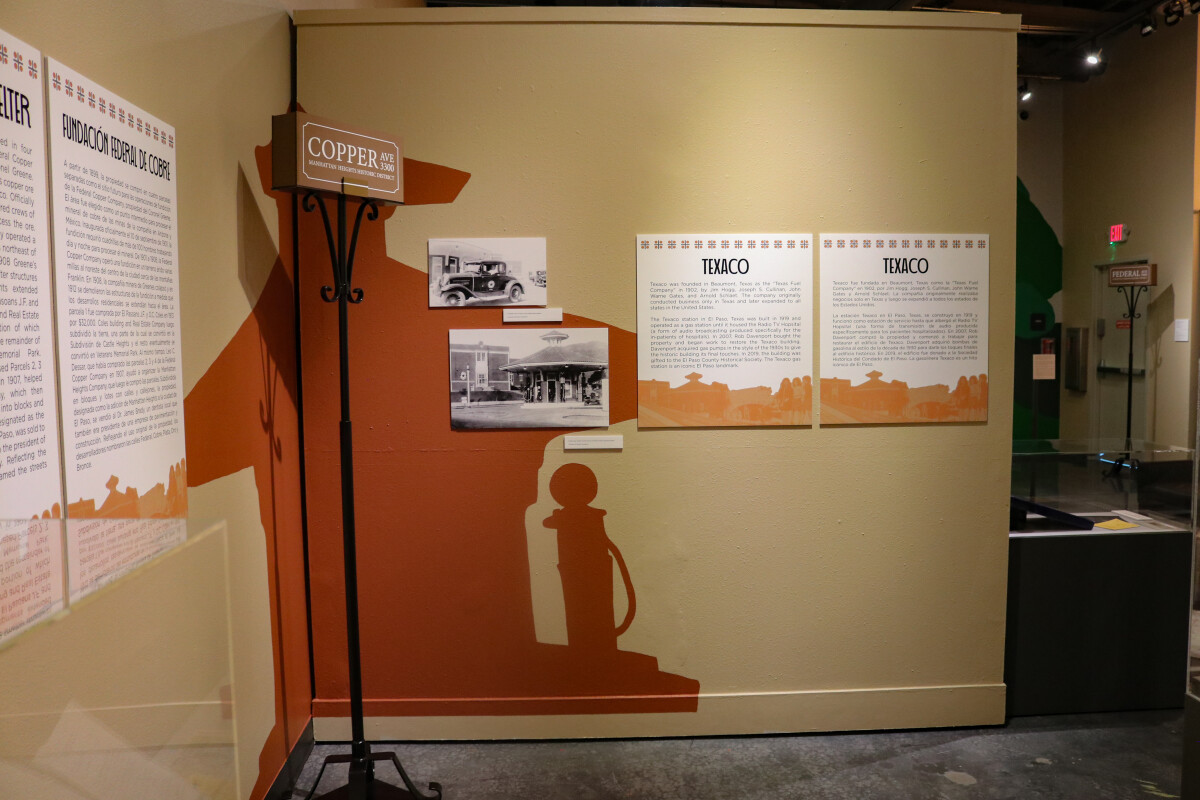
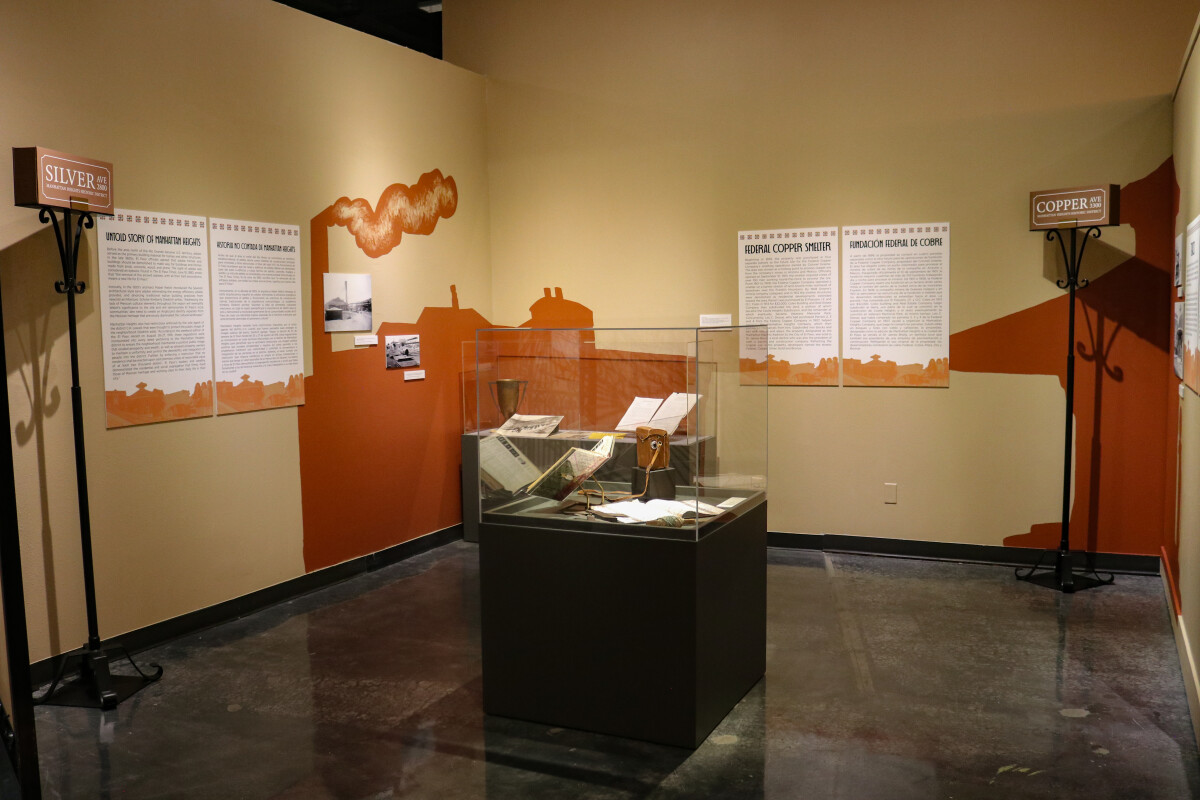
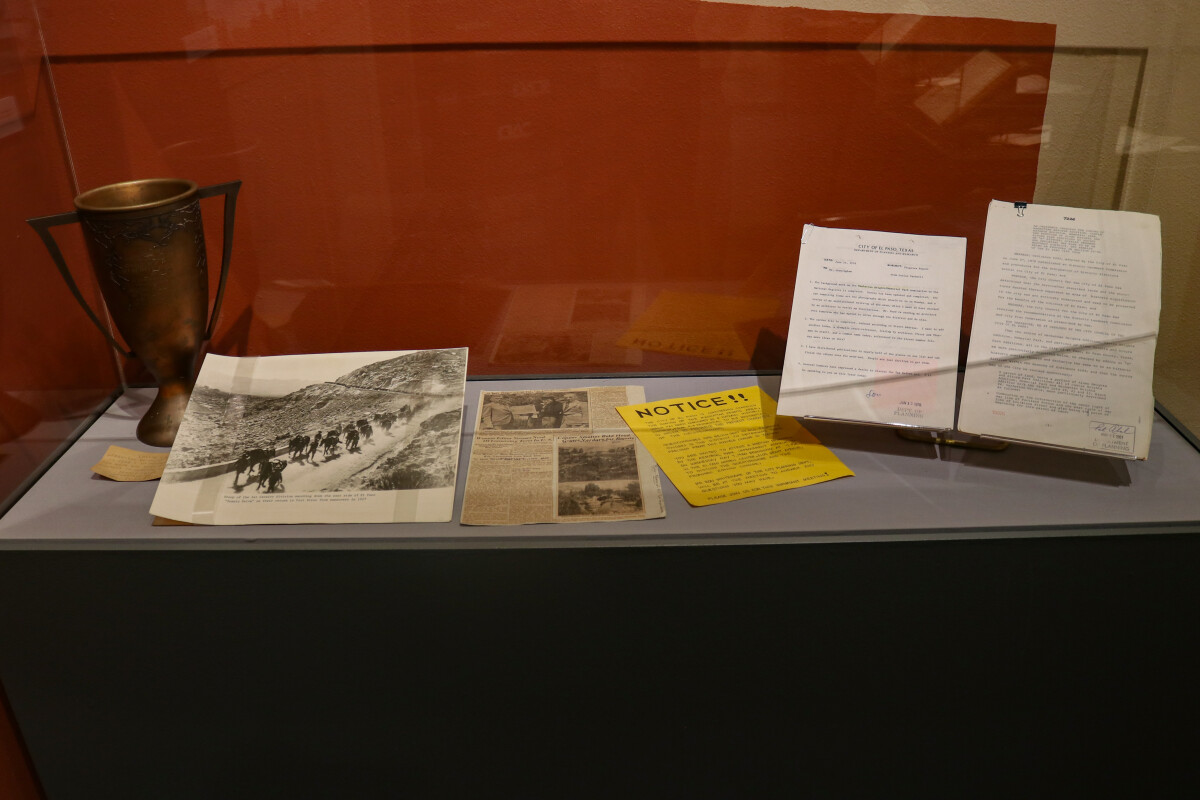
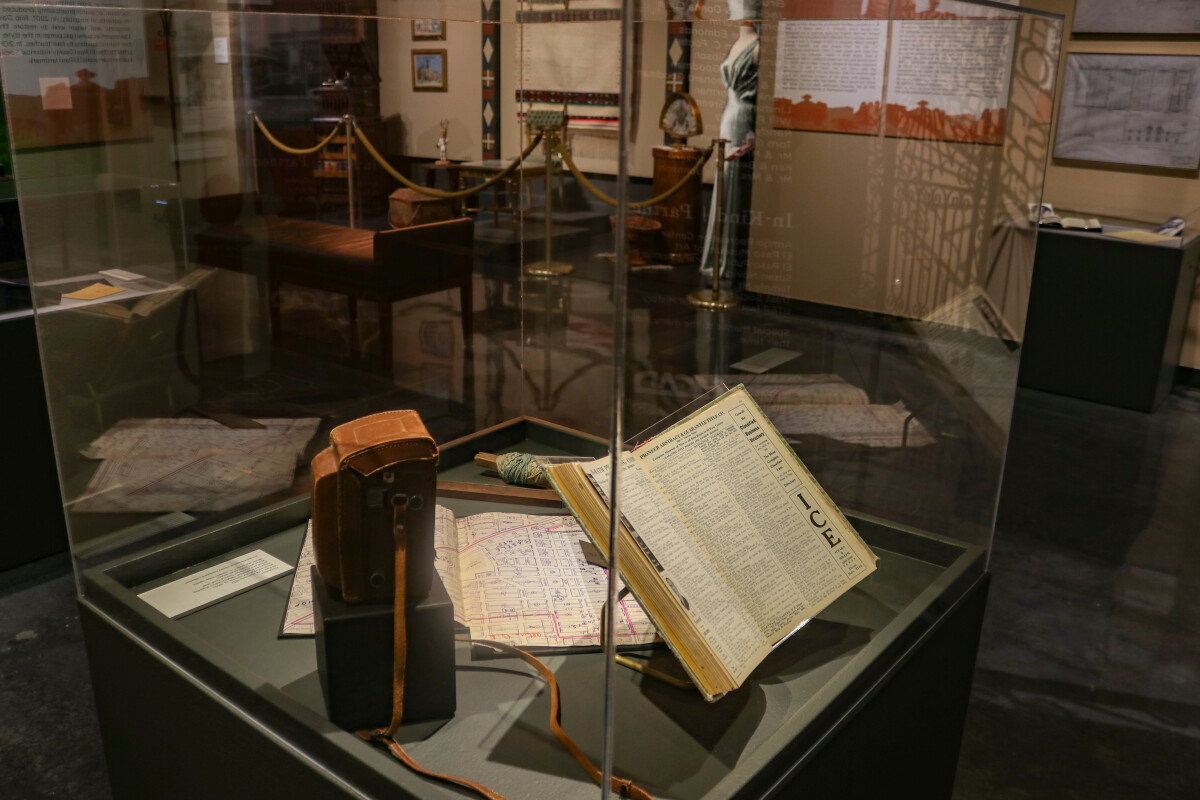
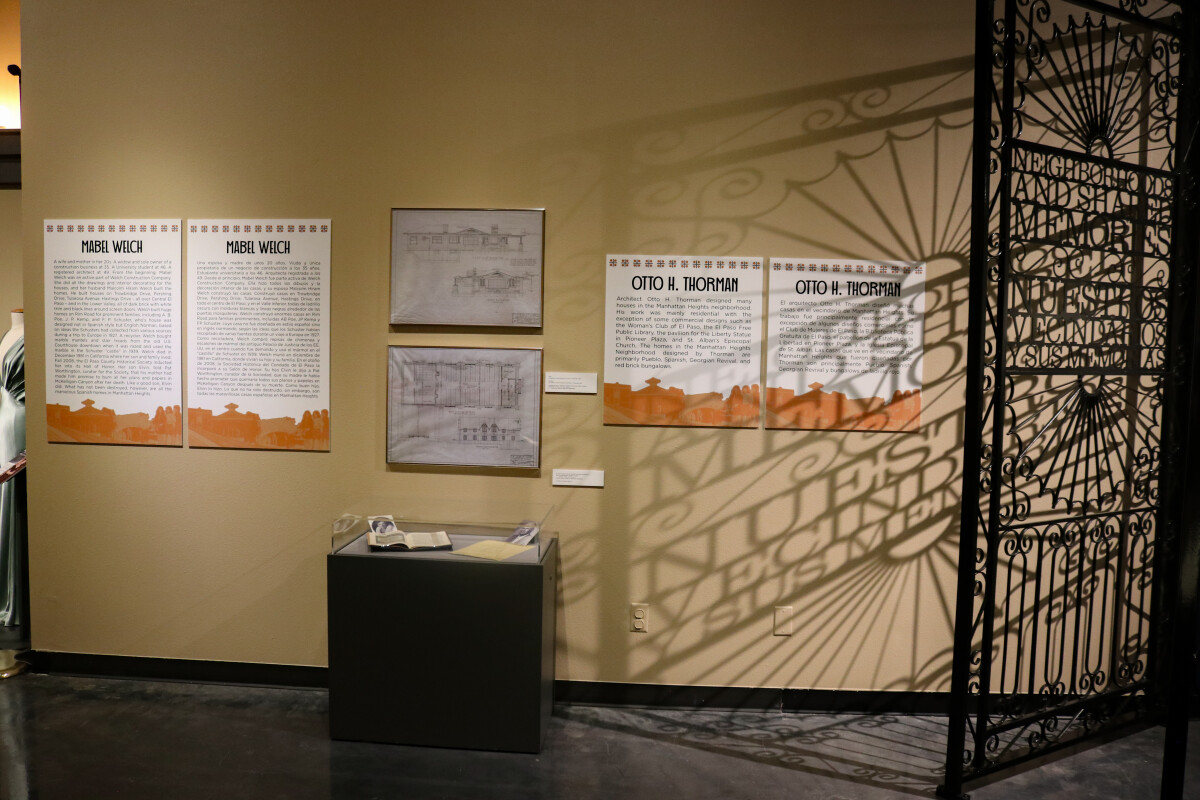
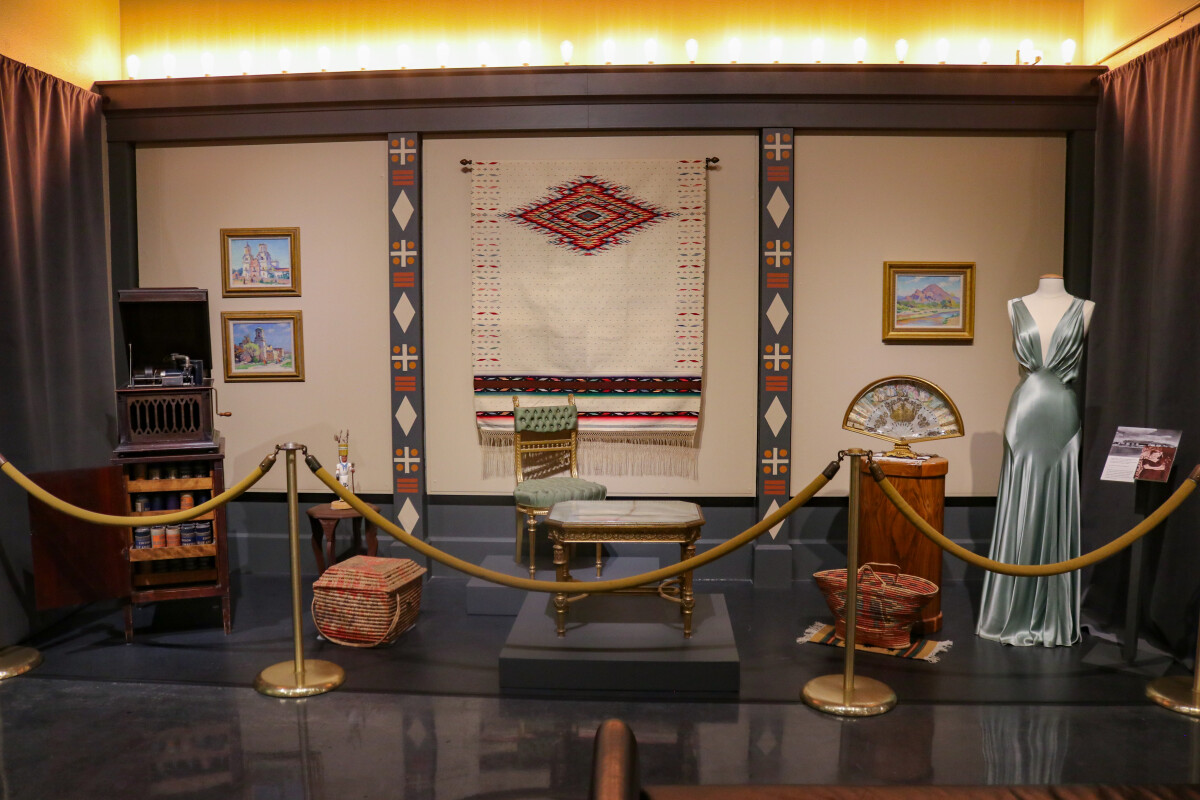
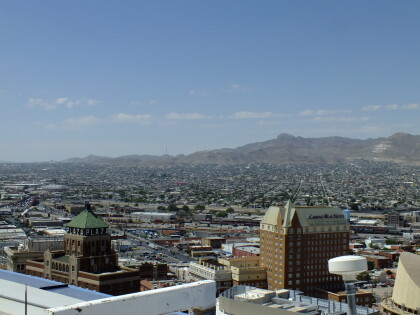
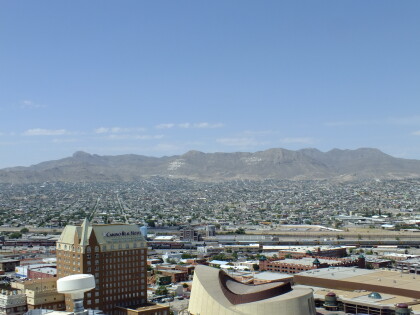
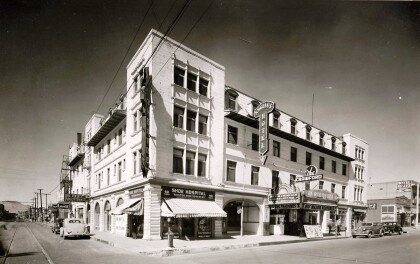
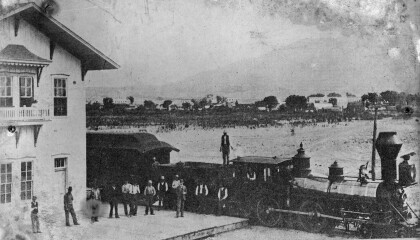
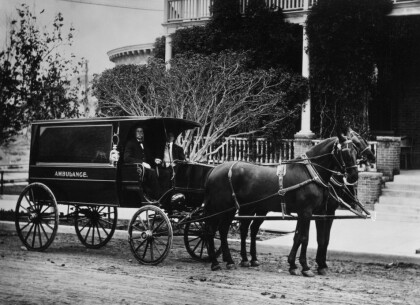
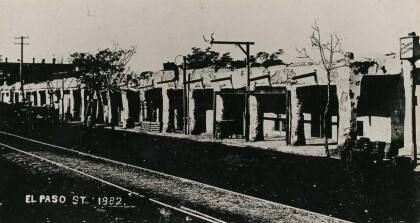
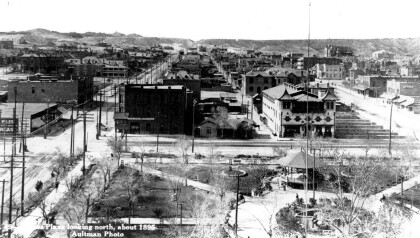
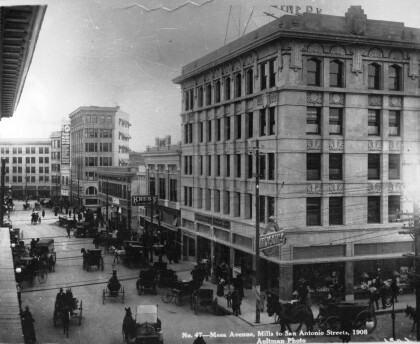
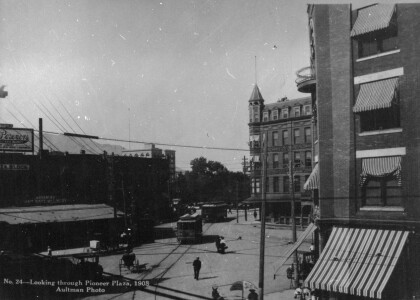
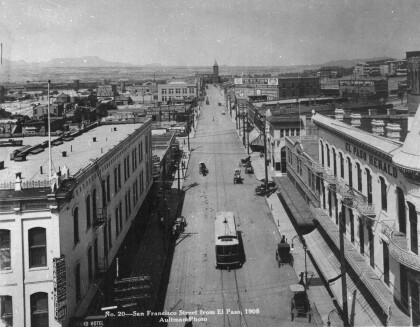
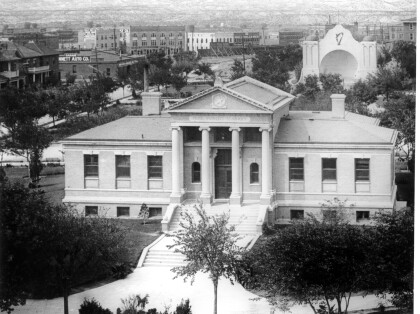
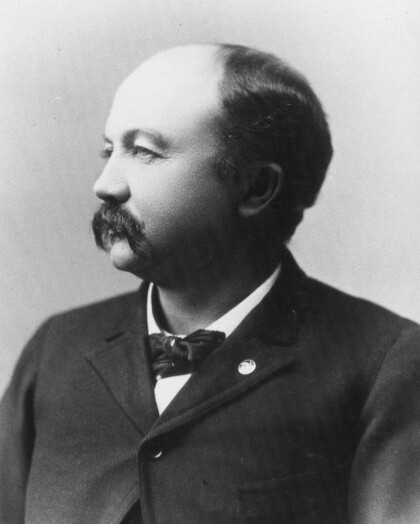
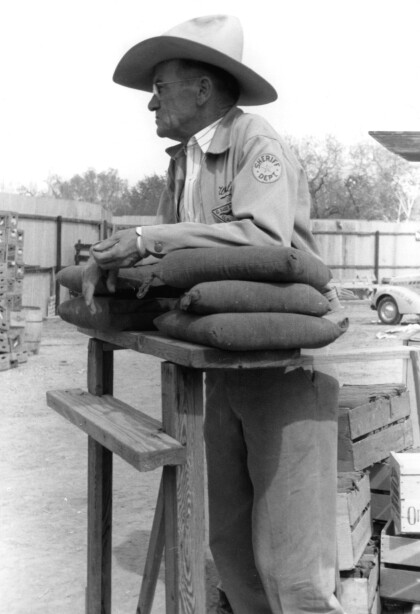
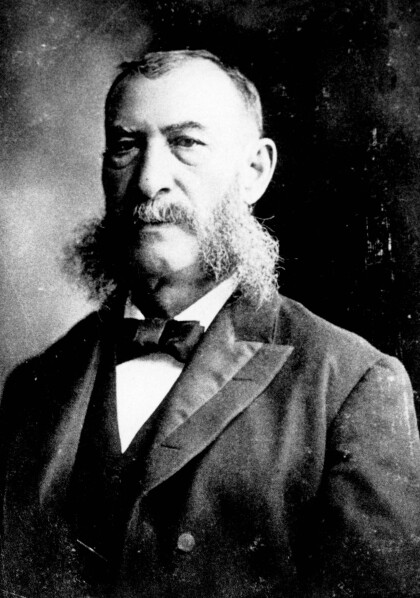
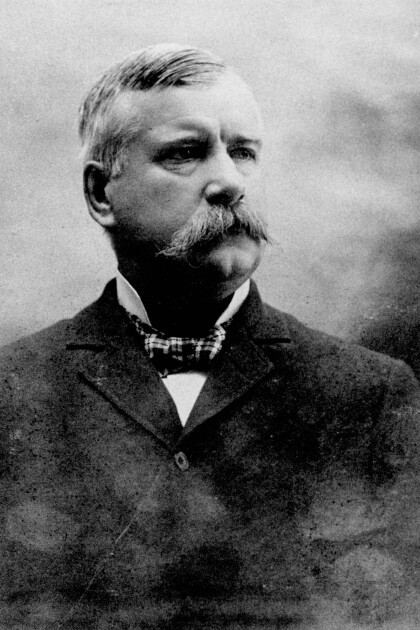
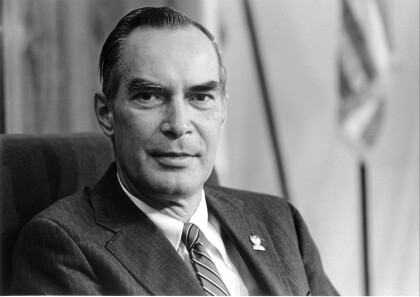
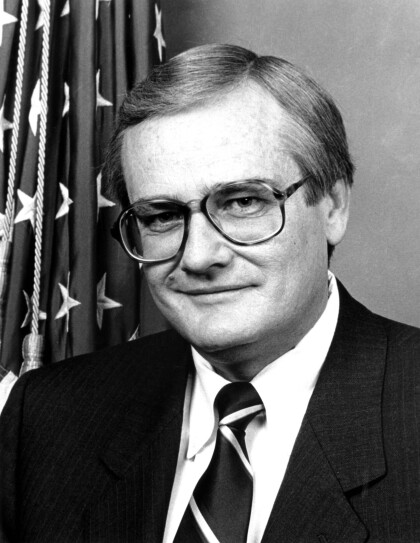
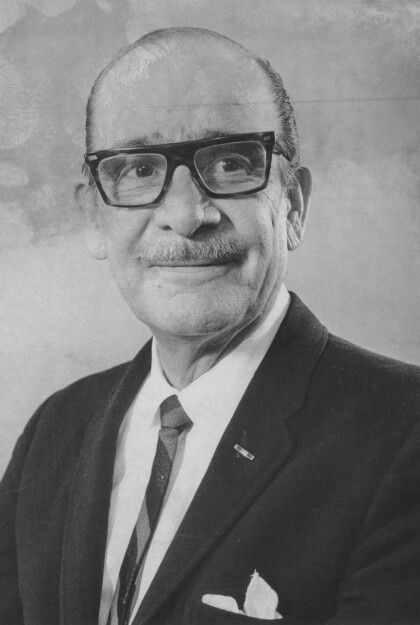
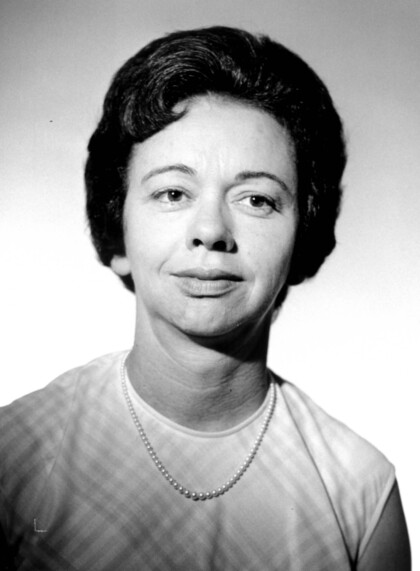
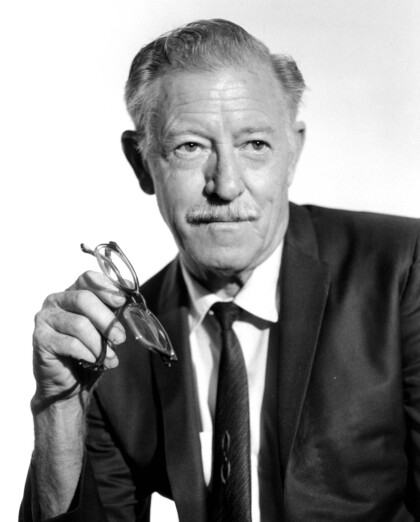
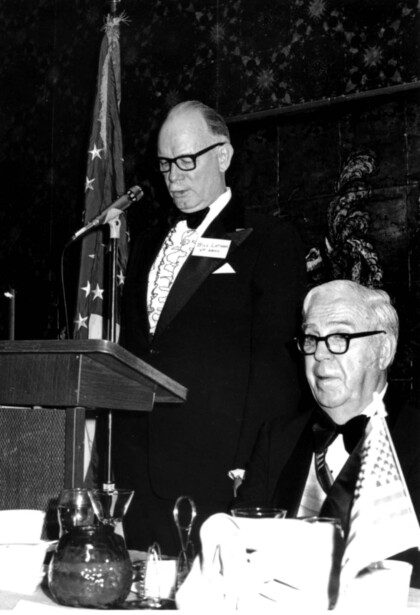
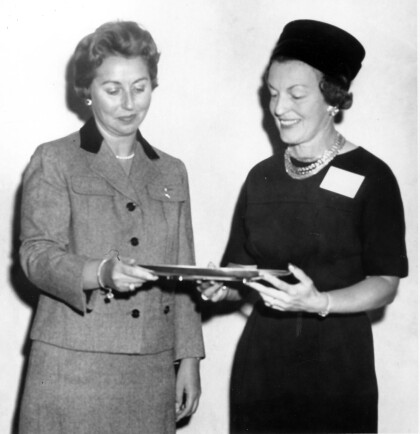
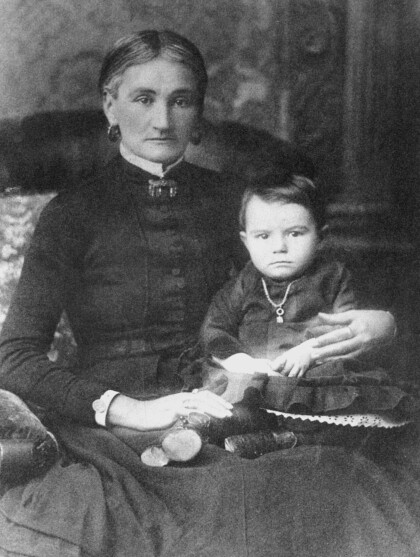
Comments
Add a comment